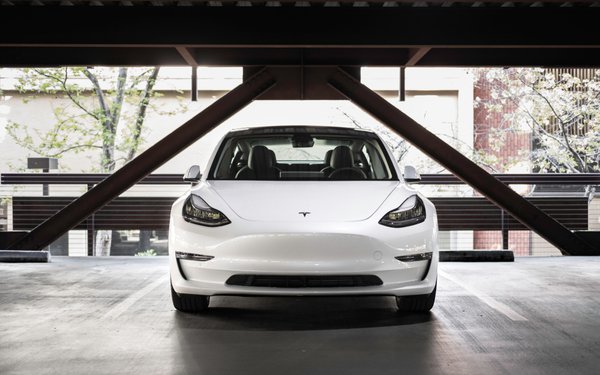Below are important factors to help local-direct clients gain more traction in their media marketing. Thus...you may need to help them see a little into the future...which is, NOW...and help them craft better consumer communication. Philip Jay LeNoble, PhD.
COMMENTARY
Influencers Key to Marketing in A Down Cycle
- by Nick Cooke , January 13, 2023
As the "R word” remains top of mind at clients and agencies alike, marketers are turning cautious eyes to their budgets. Whether or not someone believes we are in a recession or headed for one, there are things brands can do to maintain revenue as budgets get slashed.
First, don’t be “short-termist.” We have seen many of our tier-one clients immediately push budget into fully lower-funnel activity. This will have a positive short-term impact, but after a month or two, you will regret it if you don't balance this strategy out to some extent.
In the social space, audience generation and asset creation are integral to the continued performance of your ads. Everyone knows we're in the age of short-form video content, but CPCs (cost per click) and the ROAS (return on ad spend) on these assets can only be maintained when regularly rotated, especially on TikTok. Your audience pools can only be retargeted so many times. Make sure to continue focusing part of your budget on creating new audiences at the top of the funnel, who you can drive down-funnel over time.
Second, use nano creators to tell your story. Yes, if you're doing it right, your influencer strategy should be driving excellent conversion results (especially paid media through influencers), but you are also probably wasting a load of money producing branded content. All of the market insight of late points toward consumers switching off to product-focused messaging. Instead, they’re engaging with human-first storytelling.
Save your production costs by using micro or nano influencers. It is worth experimenting with finding genuine customers and advocates who don't have a social media following and harnessing their content creation skills.
Third, harness paid media through influencers. Many of you will be doing this already by boosting influencer posts, but the majority of paid-media budgets are still running through brand channels. The real opportunity is a combination of both working simultaneously.
Be very clear about which dollars and which messaging is being used to build your pool of engaged audiences, and which is being used to convert them over time. As a general rule it should be softer and more brand-focused at the top of the funnel, and more direct, sales-driven, with a clear CTA and possibly a discounted offer, at the bottom.
Finally, spend more of your budget on media and less on creative.
I see this problem all the time: An activation budget ends up being split 50/50 between creative and media. Times are tough, your creative is important, but there's no reason it should cost anywhere near as much as your media.
Not all of this media needs to be lower-funnel, as outlined above. But it is critical to make your reduced budget work as hard as possible. Refreshing your assets is critical, but that doesn't mean it needs to be a hero TV asset and a multimillion-dollar strapline. Authenticity is key while consumer spending is down, and too-polished creative may actually land badly.





